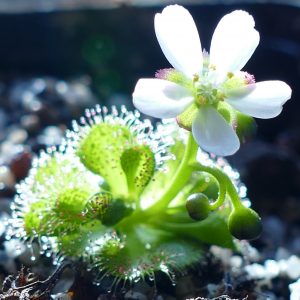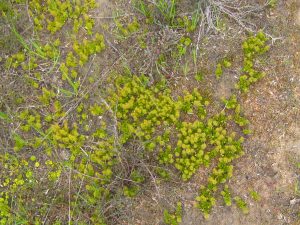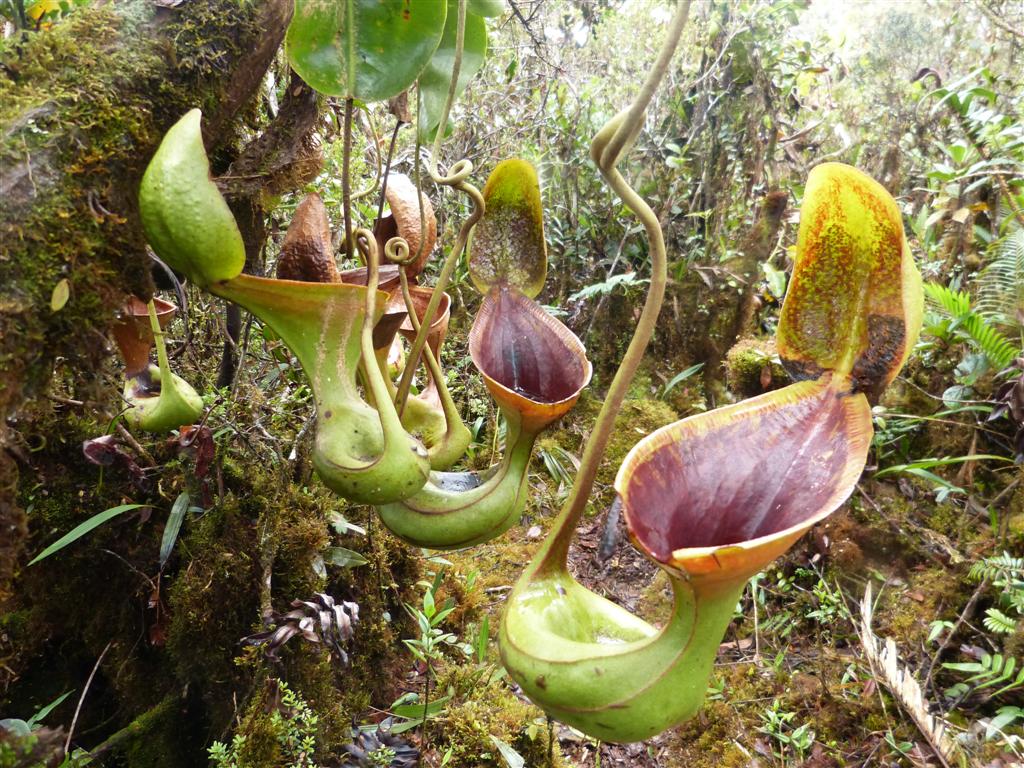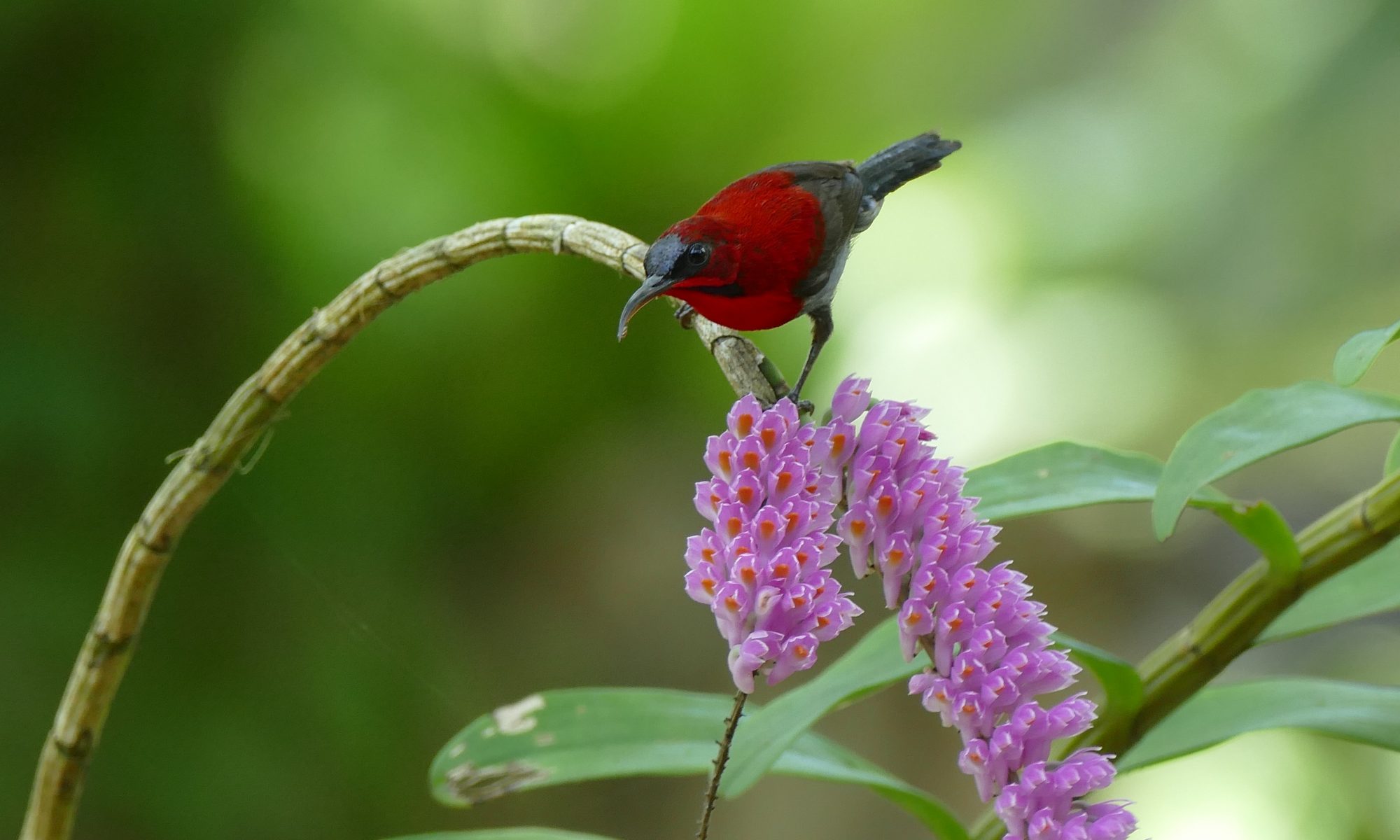28-11-2017. In my very first blog I will introduce you to one of the carnivorous plants from my collection: Drosera ramellosa.

Drosera ramellosa is an Australian tuberous sundew species. Tuberous sundews can near exclusively found in Australia. Especially the South West of this continent has a large diversity of this group of carnivorous plants. Tuberous Drosera have an inverted growth season, this because of the dry summer conditions. They will die off in order to survive the dry and warm summer and survive as a small tuber (a bit like a tulip) underground. Just after the first rains after summer have fallen they emerge again.
Together with nine other species, D. ramellosa is grouped in to the section Stolonifera also known as the fan leaved sundews. It is a fairly small species, with usually two stems that will reach 4 – 12 cm high. D. ramellosa is quite widespread in its distribution range.
For comparison the tallest sundew, D. erytrhrogyne can reach a length up to 3 meters.
In this season Drosera ramellosa is the first of the wintergrowing sundews from my collection to flower but not the last one!
Cultivating D. ramellosa.
To succesfully cultivate winter growing sundews most species should be kept completely dry during summer. When October has started the plants will receive water again, unless the plants already show some signs of life before that time. Additionally it loves to get quite a lot of light, so I grow it under LED’s since I am not able to give them enough sun light. Since the plants love cool temperatures I grow them in a non heated room. The temperatures here fluctuate between 5 and 15°C.

Drosera ramellosa in Australia
In 2008 I have been on a tour through South West Australia. During this tour I have seen approximately 60 species of carnivorous plants. Amongst them were about 30 species of tuberous sundew, including D. ramellosa.
I found this species growing nicely at a site near the small town of Cranbrook sympatric with some other different sundew species. Over here they formed nice green carpets like shown below. I am still waiting for something similar to happen in my collection. But unfortunately this species is not self pollinating so I won’t get seeds from the single plant from my collection.


